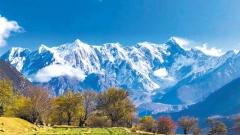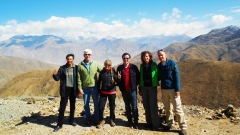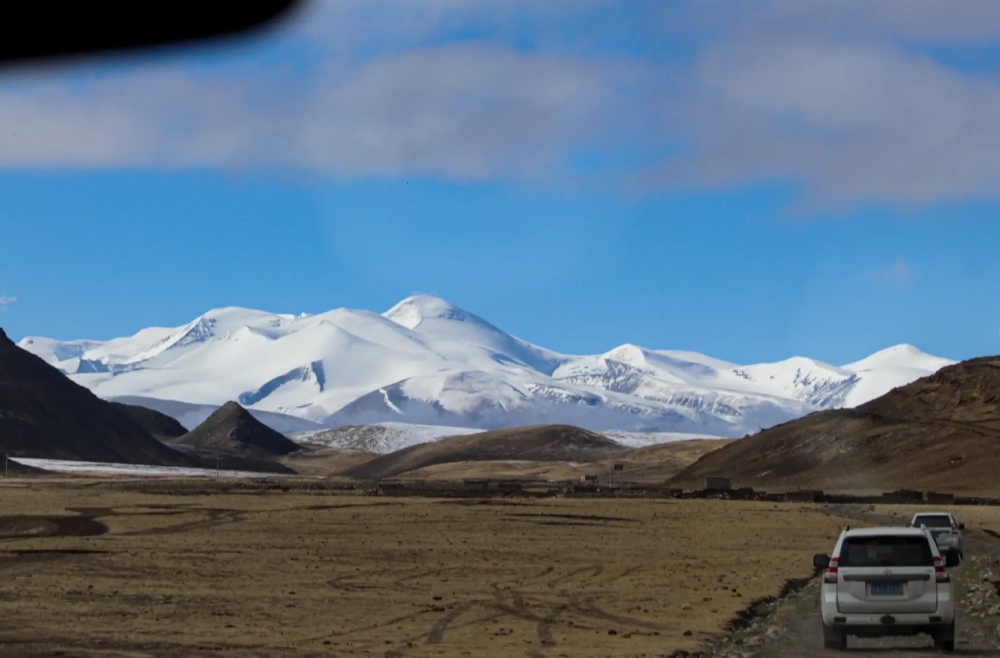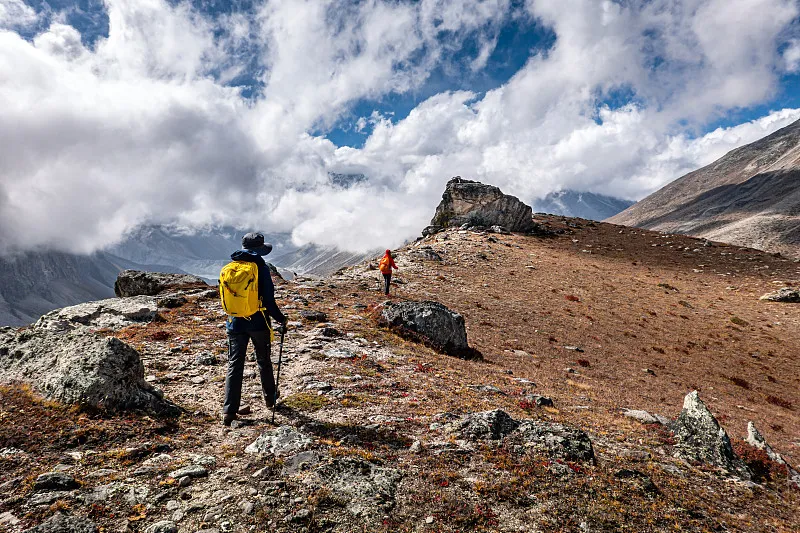Tibet, known as the “Roof of the World,” is more than a land of mountains and monasteries. It is also the source of many of Asia’s greatest rivers, which flow across international borders and sustain nearly two billion people. From the Yangtze to the Mekong, Tibet’s rivers are lifelines that shape civilizations, ecosystems, and cultures across the continent.
Tibet: The Water Tower of Asia
Tibet’s unique geography makes it one of the most important hydrological regions on Earth. With an average elevation above 4,000 meters and surrounded by the Himalayas, the plateau acts as a vast natural reservoir. Glaciers, snowfields, and high-altitude lakes feed major rivers, creating a constant water supply.
For this reason, Tibet is often called the “Water Tower of Asia”. Its rivers stretch thousands of kilometers, nourishing fertile plains, powering economies, and sustaining diverse cultures from China to India and Southeast Asia.
The Yangtze River (Chang Jiang)
-
Origin: Tibetan Plateau, near Tanggula Mountains.
-
Length: Over 6,300 km, the longest river in Asia.
-
Countries: China only.
The Yangtze begins in the highlands of Qinghai-Tibet and flows eastward across China. It is the backbone of Chinese civilization, supporting agriculture, trade, and modern megacities like Shanghai.
Key facts:
-
It irrigates one of the world’s most fertile regions, the Yangtze Plain.
-
The Three Gorges Dam on the river is the largest hydroelectric project in the world.
-
Historically, it has been a cultural divide between northern and southern China.

Tuotuo River
The Yellow River (Huang He)
-
Origin: Bayan Har Mountains, eastern Tibet.
-
Length: 5,464 km.
-
Countries: China only.
The Yellow River, also known as the “Mother River of China”, is the cradle of ancient Chinese civilization. Its waters nourished the earliest dynasties and gave rise to some of the world’s earliest agricultural societies.
However, the Yellow River is also known as “China’s Sorrow” due to its frequent floods. Despite this, it remains a symbol of endurance and cultural identity.

Source of the Yellow River
The Mekong River (Lancang Jiang in China)
-
Origin: Zadoi County, Qinghai Province in Tibet.
-
Length: About 4,350 km.
-
Countries: China, Myanmar, Laos, Thailand, Cambodia, Vietnam.
The Mekong is one of the most international rivers originating from Tibet. Flowing through six countries, it is a lifeline for over 60 million people in Southeast Asia.
Highlights:
-
Vital for rice cultivation in the Mekong Delta, known as the “rice bowl of Asia.”
-
Supports one of the world’s richest freshwater fisheries.
-
Central to local cultures, festivals, and myths throughout Southeast Asia.
The Ganges River (via Yarlung Tsangpo → Brahmaputra → Ganges)
-
Origin: Yarlung Tsangpo in Tibet.
-
Length: 2,525 km for the Ganges alone; part of a larger river system.
-
Countries: India and Bangladesh.
The Ganges is one of the most sacred rivers in the world, revered by millions of Hindus. Its waters are believed to purify sins and serve as a spiritual pathway to liberation.
Connection to Tibet:
-
The Yarlung Tsangpo originates in western Tibet.
-
It becomes the Brahmaputra in India and Bangladesh, merging with the Ganges to form the world’s largest delta.
This transboundary river system is not only a religious icon but also a key resource for agriculture and energy.
The Indus River
-
Origin: Lake Manasarovar, Tibet.
-
Length: 3,180 km.
-
Countries: China (Tibet), India, Pakistan.
The Indus is the foundation of Pakistan’s civilization and economy. Known for the Indus Valley Civilization (one of the earliest in history), it continues to be the country’s main source of irrigation and drinking water.
Its Tibetan origin near sacred Lake Manasarovar also makes it a pilgrimage destination for Buddhists and Hindus.
Other Significant Rivers
Besides the “giants,” Tibet is the birthplace of many other important rivers:
-
Salween River (Nu Jiang): Flows into Myanmar and Thailand, supporting remote ecosystems.
-
Irrawaddy (Ayeyarwady): Vital to Myanmar’s agriculture and transport.
-
Sutlej River: A key tributary of the Indus, originating near Mount Kailash.
These rivers may not be as well-known as the Yangtze or Ganges, but they play vital roles in sustaining millions of people and unique ecosystems.
Ecological Importance of Tibetan Rivers
Tibet’s rivers are not just sources of water — they are drivers of biodiversity. Wetlands, forests, and grasslands supported by these rivers are home to rare species like snow leopards, black-necked cranes, and Tibetan antelopes.
Additionally, the rivers regulate climate patterns across Asia. Changes in Tibet’s glaciers and water flows directly impact agriculture, fisheries, and even weather in distant countries.
Cultural and Spiritual Dimensions
Tibetan rivers are not only ecological lifelines but also spiritual ones. Many rivers have deep connections with Tibetan Buddhism and Hinduism:
-
The Indus and Ganges are considered holy rivers.
-
The Yarlung Tsangpo valley is often referred to as a cradle of Tibetan civilization.
-
Pilgrimage sites such as Mount Kailash and Lake Manasarovar are closely tied to river origins.
For local communities, rivers are not simply natural resources but sacred beings that must be respected and protected.
Traveling Along Tibet’s Rivers
For travelers, exploring rivers in Tibet offers unforgettable experiences:
-
Trekking along the Yarlung Tsangpo Grand Canyon, the deepest canyon in the world.
-
Visiting Qinghai-Tibet Plateau lakes connected to river systems, like Namtso and Yamdrok.
-
Pilgrimage to Lake Manasarovar, source of the Indus and Sutlej.
-
Photography tours capturing highland glaciers, river valleys, and nomadic life.
Many tours combine river exploration with monastery visits, offering both natural beauty and cultural depth.
Conclusion
The rivers of Tibet are truly the lifelines of Asia. Rising from the glaciers of the Roof of the World, they nourish civilizations, sustain economies, and carry spiritual significance that transcends borders.
For Asia’s billions, these rivers are not just natural features — they are sources of life, faith, and identity. For travelers, they are an invitation to witness the extraordinary power of nature and the enduring bond between water and culture.












